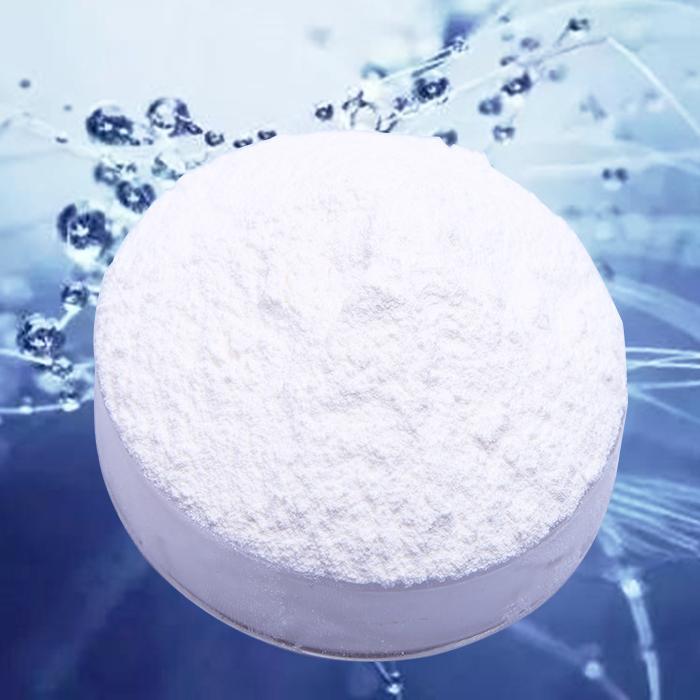Hyaluronic Acid (HA)
Chemical Name Disaccharide unit glycosaminoglycan of D-glucuronic acid & N-acetylglucosamine.
Molecular Formula (C14H21NO11)n
Molecular Weight 403.31
CAS No. 9004-61-9
Characteristics White fibrous or powdery solid with strong hygroscopicity. It can dissolve in water, but is insoluble in organic solvents such as alcohols, ketones, and ether.
Quality Standards USP/EP
Application & Function
Hyaluronic acid is an acidic mucopolysaccharide, which was first isolated from bovine vitreous in 1934 by Meyer et al., a professor of ophthalmology at Columbia University in the United States. Hyaluronic acid, with its unique molecular structure and physicochemical properties, exhibits various important physiological functions in the body, such as lubricating joints, regulating vascular wall permeability, regulating protein and electrolyte diffusion and transport, and promoting wound healing. When used in cosmetics, it can have a unique protective effect on the skin, keeping it moisturized, smooth, delicate, soft, and elastic. It has the functions of anti wrinkle, anti wrinkle, beauty and health care, and restoring skin physiological functions.
1. Moisturizing and hydrating:
a. Powerful water locking: Hyaluronic acid has a strong water absorption ability and can absorb hundreds of times its own weight of water, making it one of the best moisturizing substances in nature. This characteristic makes hyaluronic acid an indispensable moisturizing ingredient in skincare products, effectively locking in skin moisture and keeping the skin hydrated.
b. Promoting hydration: Hyaluronic acid can enhance the hydration of the skin, helping skin cells absorb more water from the body and surface, thereby improving skin dryness, dehydration, and other problems.
2. Anti aging:
a. Promoting collagen regeneration: Hyaluronic acid can stimulate the regeneration of collagen in the skin, which is a key component in maintaining skin elasticity and firmness. As people age, collagen in the skin gradually decreases, leading to sagging and increased wrinkles. Hyaluronic acid promotes collagen regeneration, helping to restore skin elasticity and firmness, thereby achieving anti-aging effects.
b. Improving skin sagging and wrinkles: Hyaluronic acid not only promotes collagen regeneration, but also directly fills the space between skin cells and collagen fibers, making the skin fuller and firmer. This filling effect helps to improve various wrinkles caused by loose skin, such as nasolabial folds, corner of the mouth wrinkles, etc.
3. Shaping and filling: In the field of medical beauty, hyaluronic acid is also commonly used as a filling agent, which is injected into facial depressions or wrinkles, such as nasolabial folds and tear troughs.
4. Antioxidant effect: Hyaluronic acid can effectively resist the invasion of free radicals, reduce the damage of environmental factors such as ultraviolet radiation and pollution to the skin. By reducing the damage of free radicals to cells, hyaluronic acid helps to delay skin aging and alleviate fine lines and wrinkles.
5. Promoting wound healing: Hyaluronic acid plays a key role in the process of wound repair, promoting the regeneration and repair of skin tissue. Research has shown that hyaluronic acid can accelerate wound closure and reduce scar formation.
6. Lubrication of joints: The synovial fluid in the joints contains a high concentration of hyaluronic acid, which plays a role in lubrication and shock absorption, helping the joints move more smoothly. Hyaluronic acid injection is commonly used to relieve pain and improve joint function in the treatment of arthritis.
Package 25kg/drum




